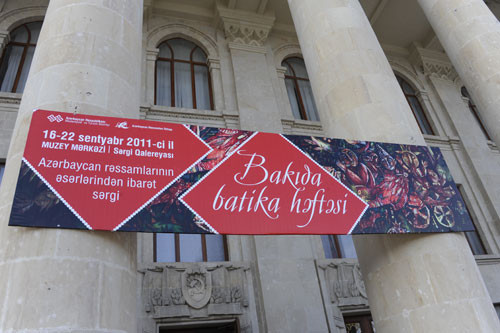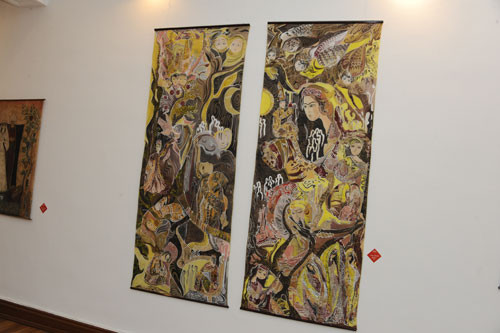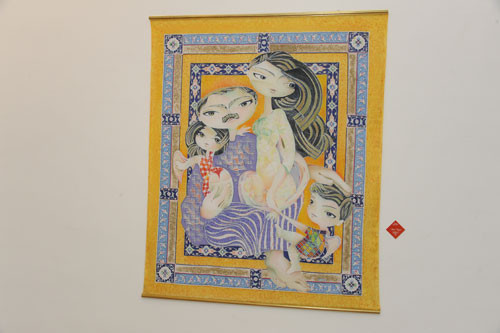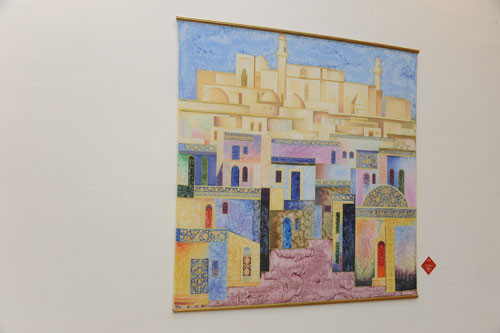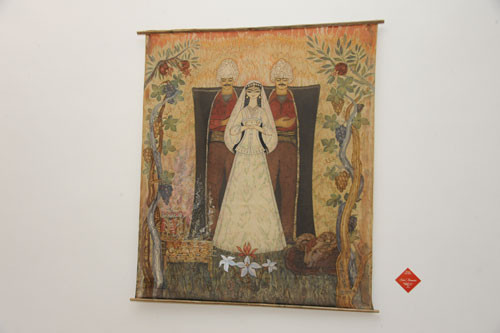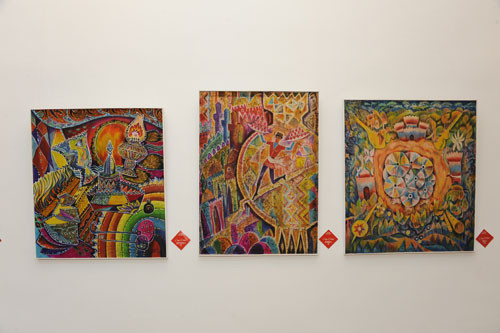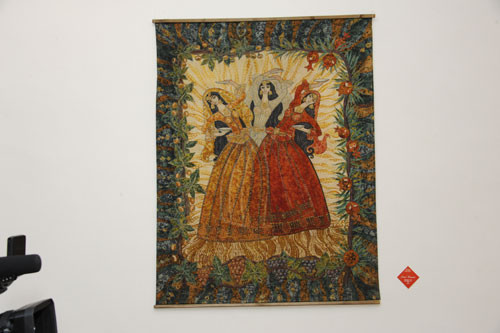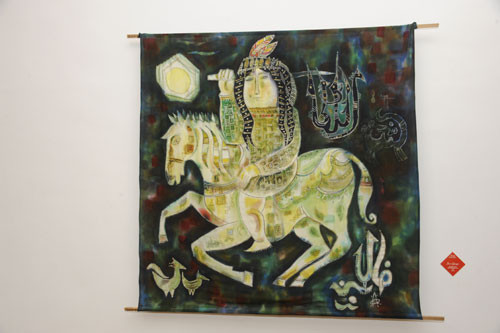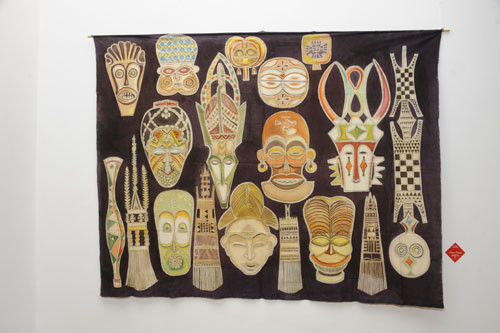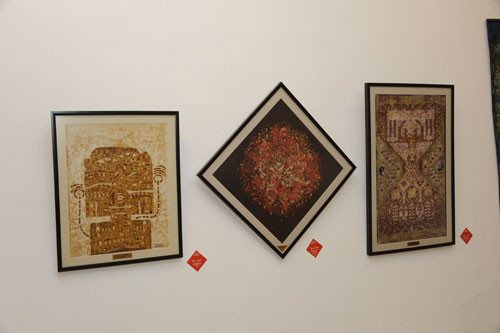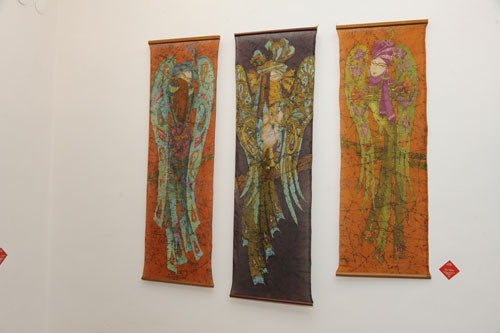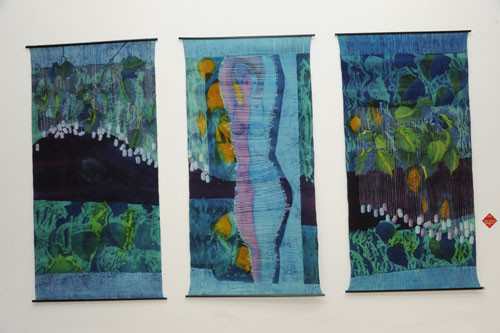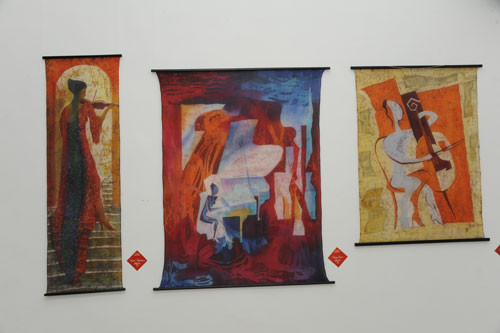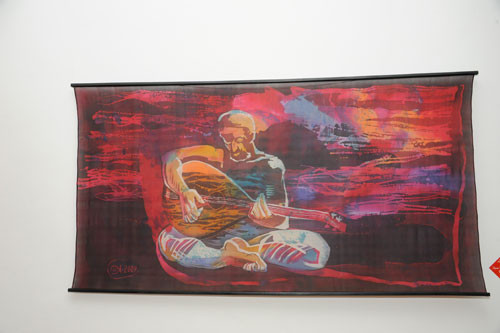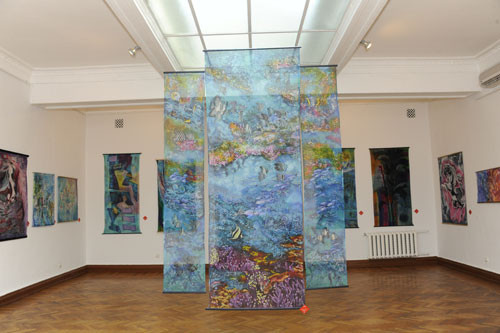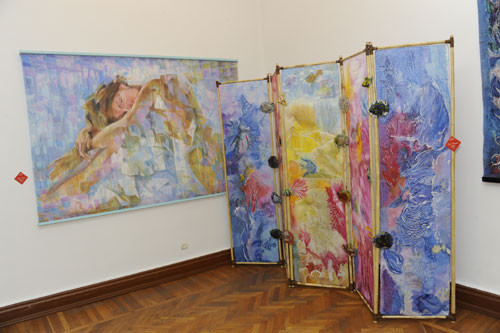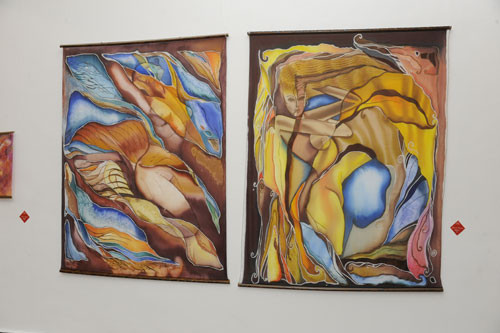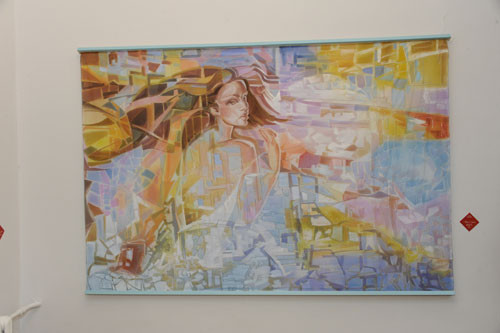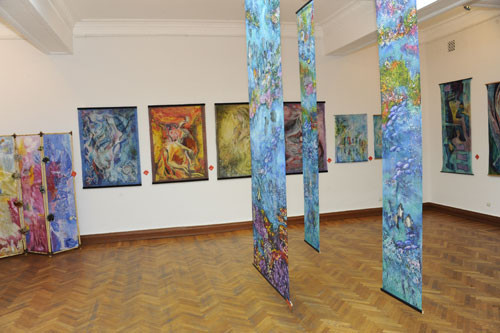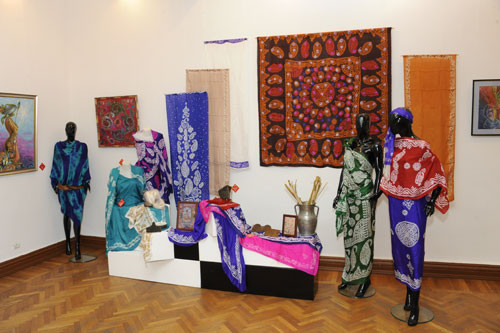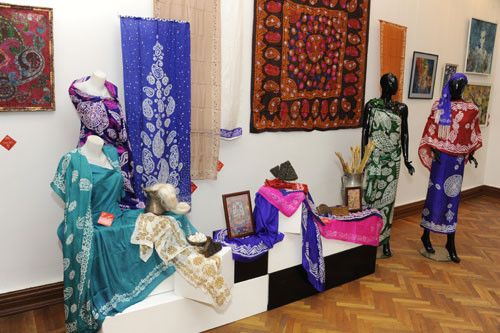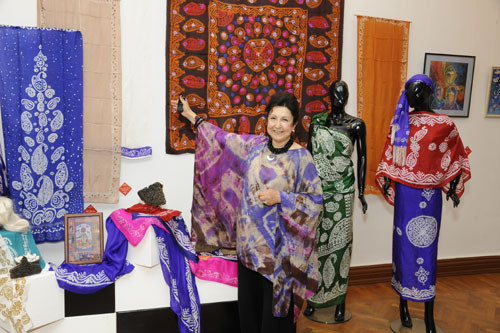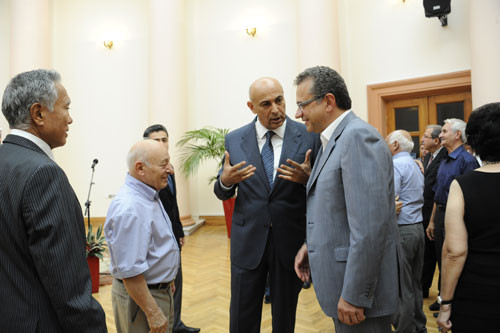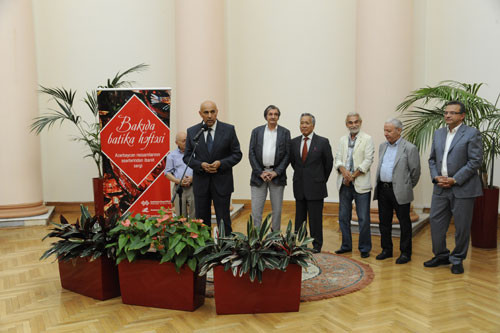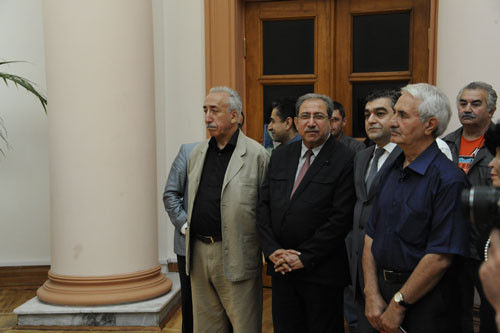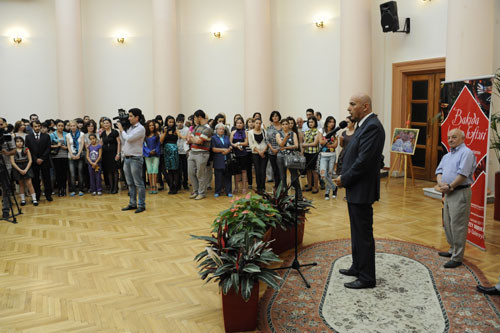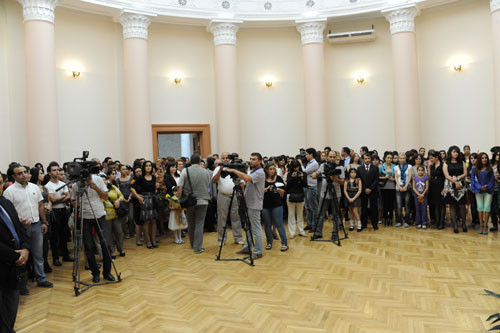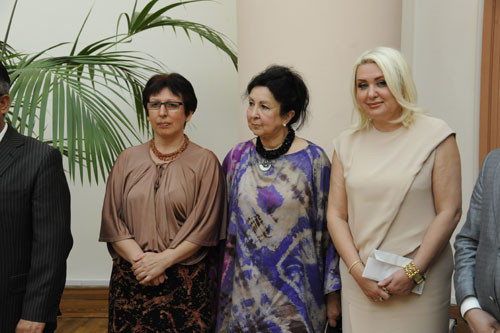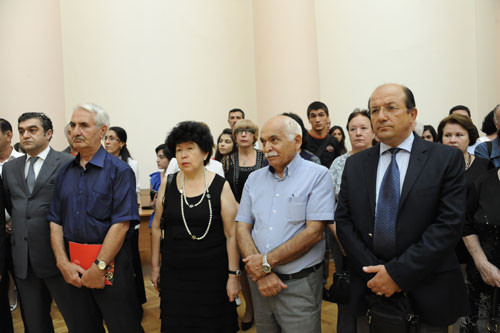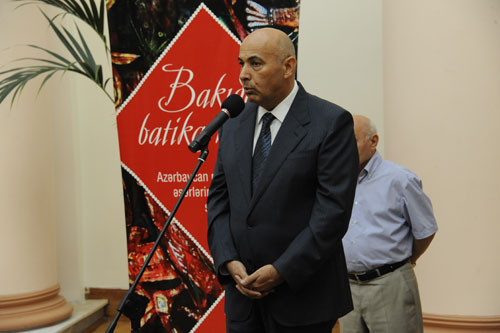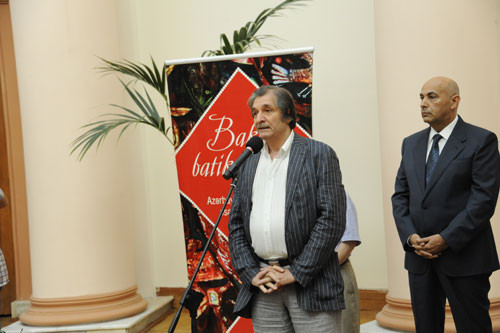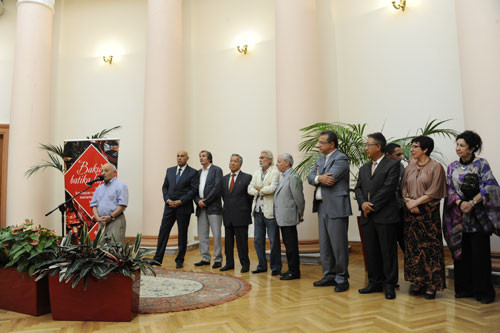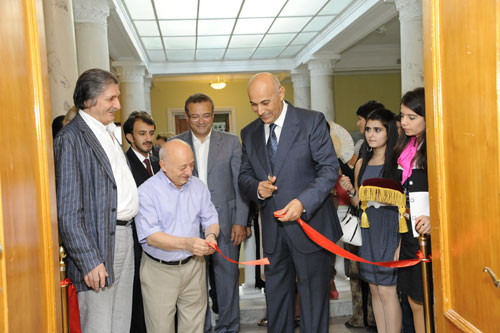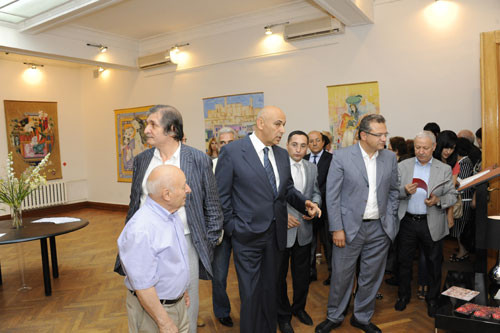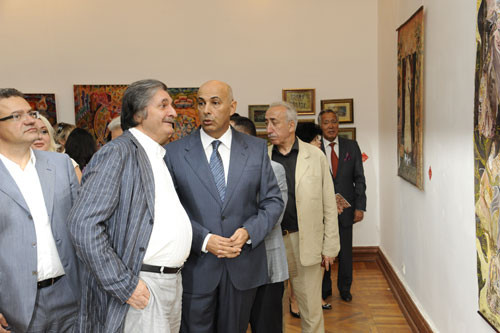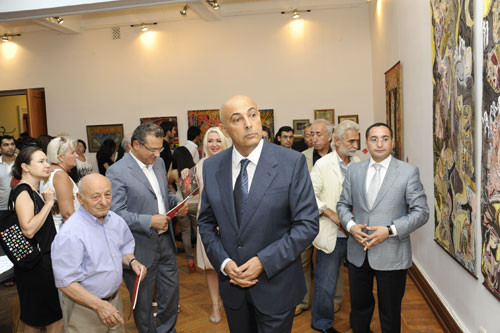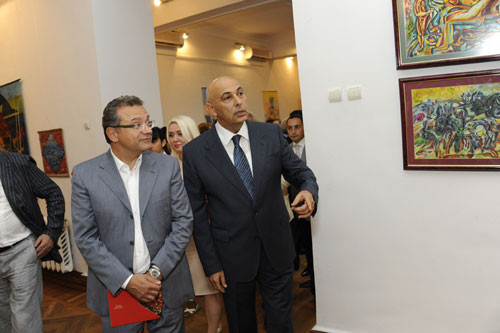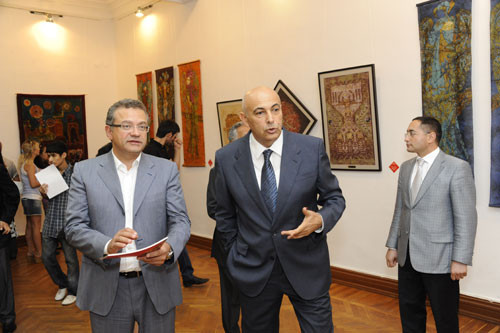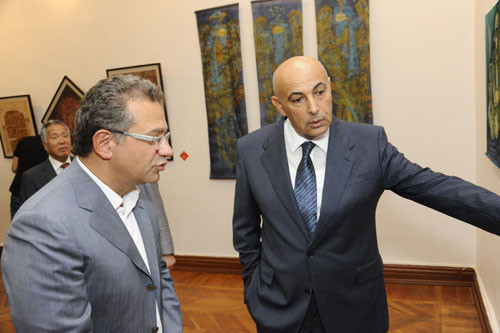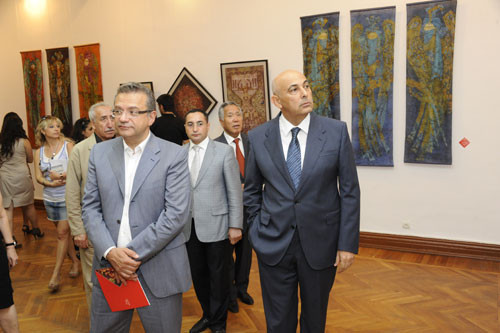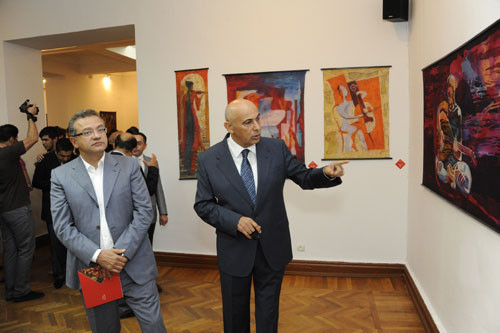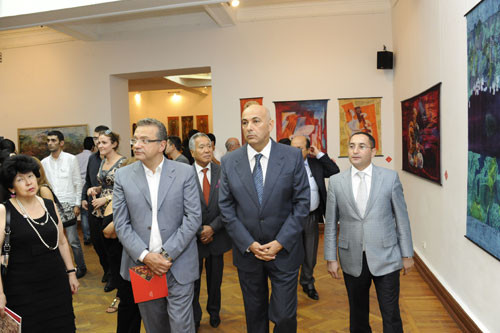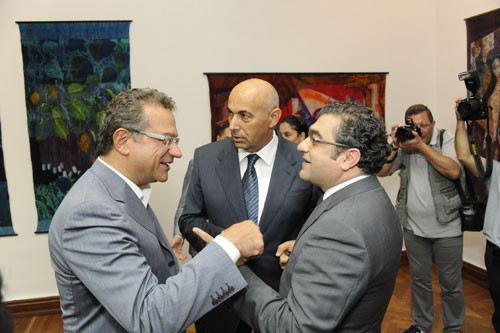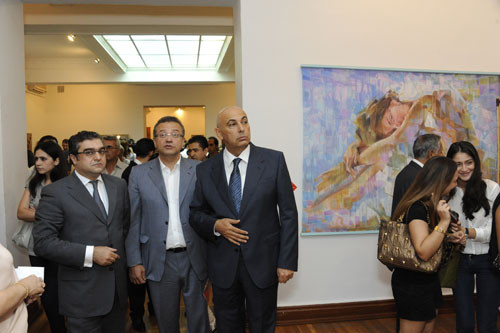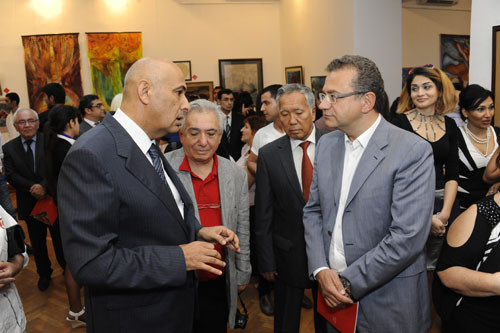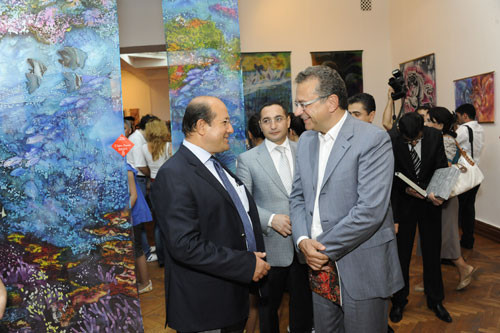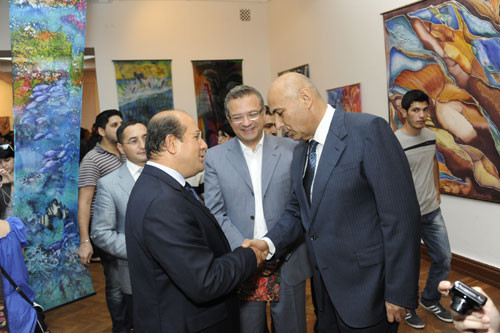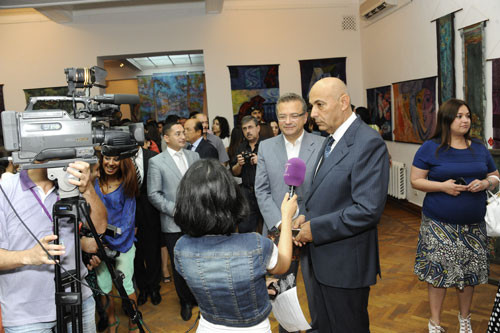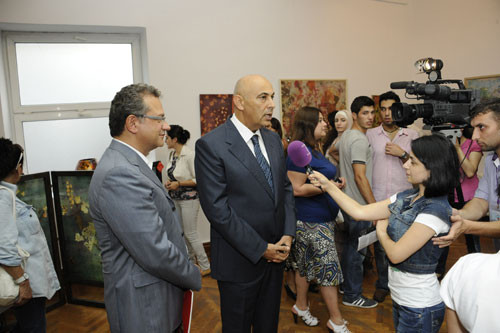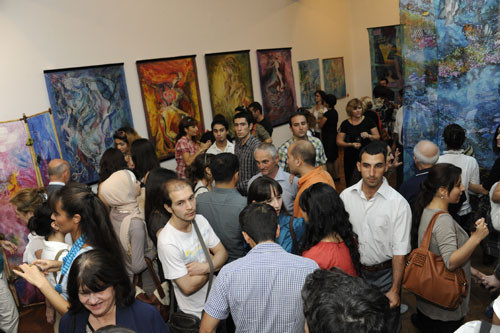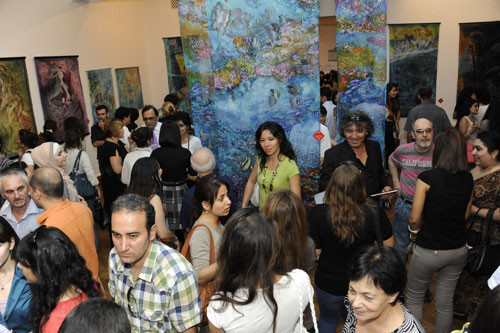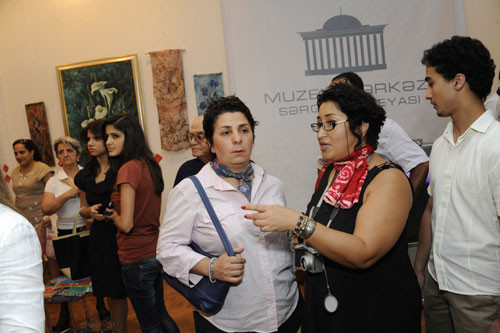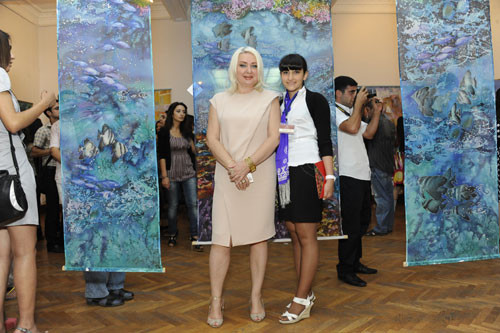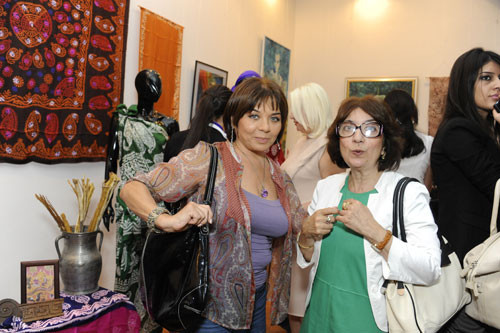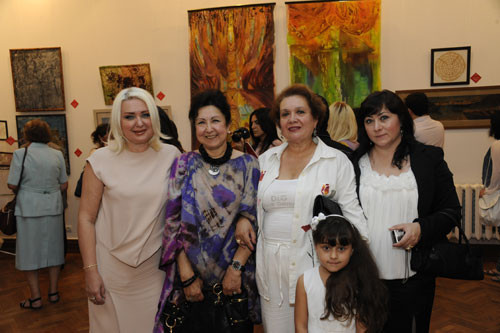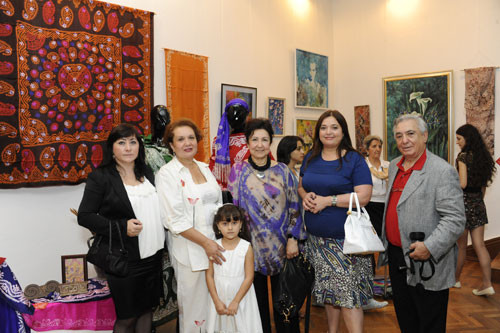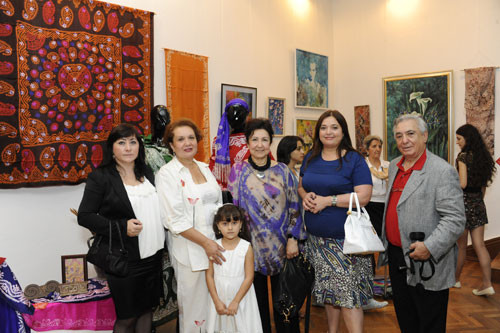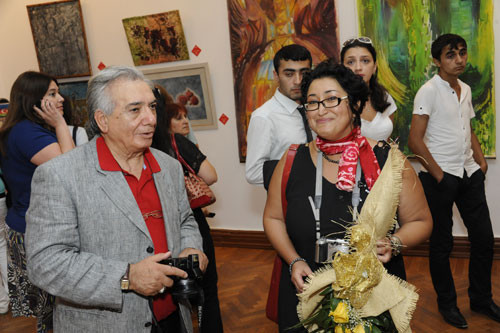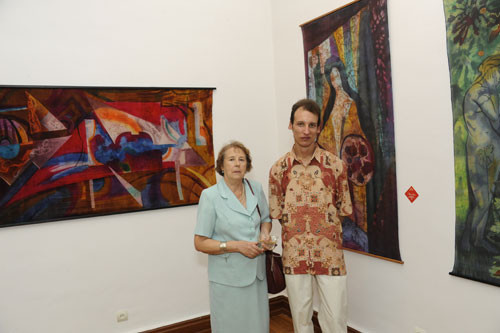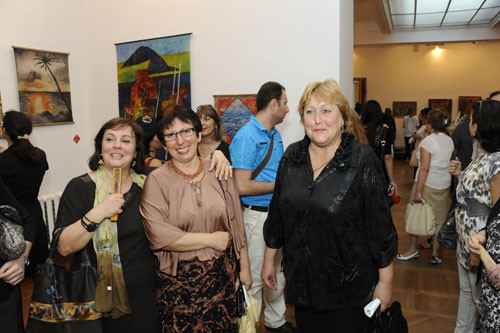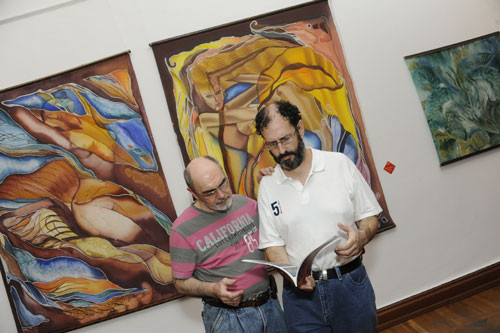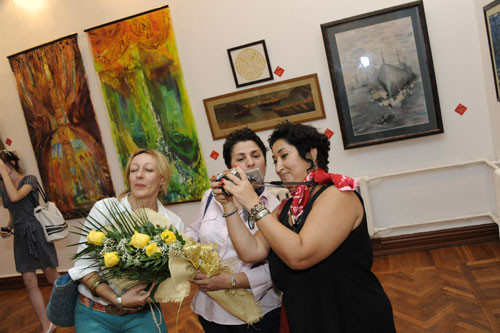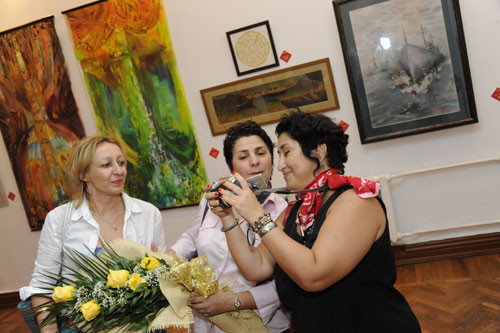Exhibition “A Week of Batik in Baku”
16.09.2011 - 22.09.2011Art Gallery
Ceremonial opening: 16 September 18:00 PM
Organizer: Department of Fine and Decorative Arts, Ministry of Culture and Tourism
The Ministry of Culture and Tourism of the Republic of Azerbaijan will hold a “Week of Batik in Baku” exhibition at the Art Gallery of the Museum Centre, from 18:00 on 16-22 September, 2011.
Batik, a form of decorative and applied art, is developing and improving as a modern heir of the art of the kalaghayi (silk kerchief) - an ancient tradition of the Azerbaijani nation. When silkworm breeding first developed in Shirvan, Basqal and Ganja in the Middle Ages, hundreds of artists, especially women, took to this art form. Thanks to the development of silkworm breeding, the art of the kalaghayi and works by Rena Ibrahimbeyova, Jalil Tarverdiyev, Anvar Garayev, Tatyana Aghababayeva and other contemporary batik masters, Azerbaijan has achieved significance among those countries where batik is popular.
However, despite this, no exhibition of batik masters has been held yet in Azerbaijan. The Ministry of Culture and Tourism will hold the first exhibition of this genre, ‘A Week of Batik in Baku’ in order to promote and present the best of this unique art by Azerbaijani artists and craftsworkers, as well as to stimulate its further development. The exhibition will present batik masters from the different generations of Azerbaijani artists.
Batik – is an art form with ancient roots which has hardly changed over the centuries and is a natural fabric design. In Indonesian, ‘Batik’ means ‘wax drop’. The name itself carries marvellous meaning. Just as a drop of water and chemicals can transform from one state to another under the influence of fire or cold, batik also covers many mysteries. The elements of fire, water, earth and air are all involved in its creation. Perhaps this is the reason why the process of batik-making is regarded as a special kind of meditation. Batik is not just a beautiful art form. People have endowed it with philosophical and mystical qualities because it has been the source of spiritual nourishment, the bearer of the cultural heritage of every nation.
Batik was made on cotton fabric in Indonesia, Malaysia, Peru, Japan, Sri-Lanka and African countries. A very thin image was created on melted wax with a small watering pot or thin spout. Later, the painters would create elegant works using natural colours which have since passed the test of time. Although an abundance of aniline paints appeared in South-East Asian countries in the 20th century, this had no adverse effect on the artistic solution of the works produced with natural paints. The spider-web crazing that fills the cracks during painting the waxed fabric adds a special allure to batik.
From 17 to 20 September, at 15.00, as part of ‘A Week of Batik in Baku’, Tatiana Aghababayeva led master classes in the Museum Centre’s Art Gallery. The first master class was given by Tatiana Aghababayeva and her student Nubar Shahbazova. The second, held on 20 September, was given by Tatiana Aghababayeva, Salar Mammadov and Nigar Fyodorova. There were also meetings between leading Azerbaijani artists on the subject of batik.
The exhibition, ‘A Week of Batik in Baku’, featured works by masters from the Basqal Centre Gadir Shafiyev and Abbasali Talibov, led by Jalil Tariverdiyev and Rena Ibrahimbeyova, and also by the following artists: Arif Ibrahimov, Aleksei Zaitsev, Aylel Mammadova, Alina Yusupova, Aferin Rzayev, Adil Fataliyev, Alla Zaitseva, Chingiz Dadashli, Dilafruz Bagirov, Elnur Hasanov, Enver Garayev, Fuad Aliyev, Fidan Salahova, Fidan Mollazade, Gulgun Rasulzade, Khalida Nasirova, Inna Kostina, Ilham Seferli, Ilaha Zeynalova, Gizbaji Naghiyeva, Leyla Javadova, Mehdi Naghiyev, Minakhanim Huseynova, Medina Jafarova, Nikolai Zaitsev, Nigar Fyodorova, Narmina Abdullayeva, Nubar Shahbazova, Narmina Aliyeva, Nuran Rasulzade, Oktay Murtuzayev, Salar Mammadov, Sadaget Samedova, Sevda Agasiyeva, Sonakhanim Naghiyeva, Tatiana Aghababayeva and Ekaterina Barbukhina.
Officially the exhibition was due to run until 22 September. But the administration of the Museum Centre responded to public demand and extended it until 25 September.
